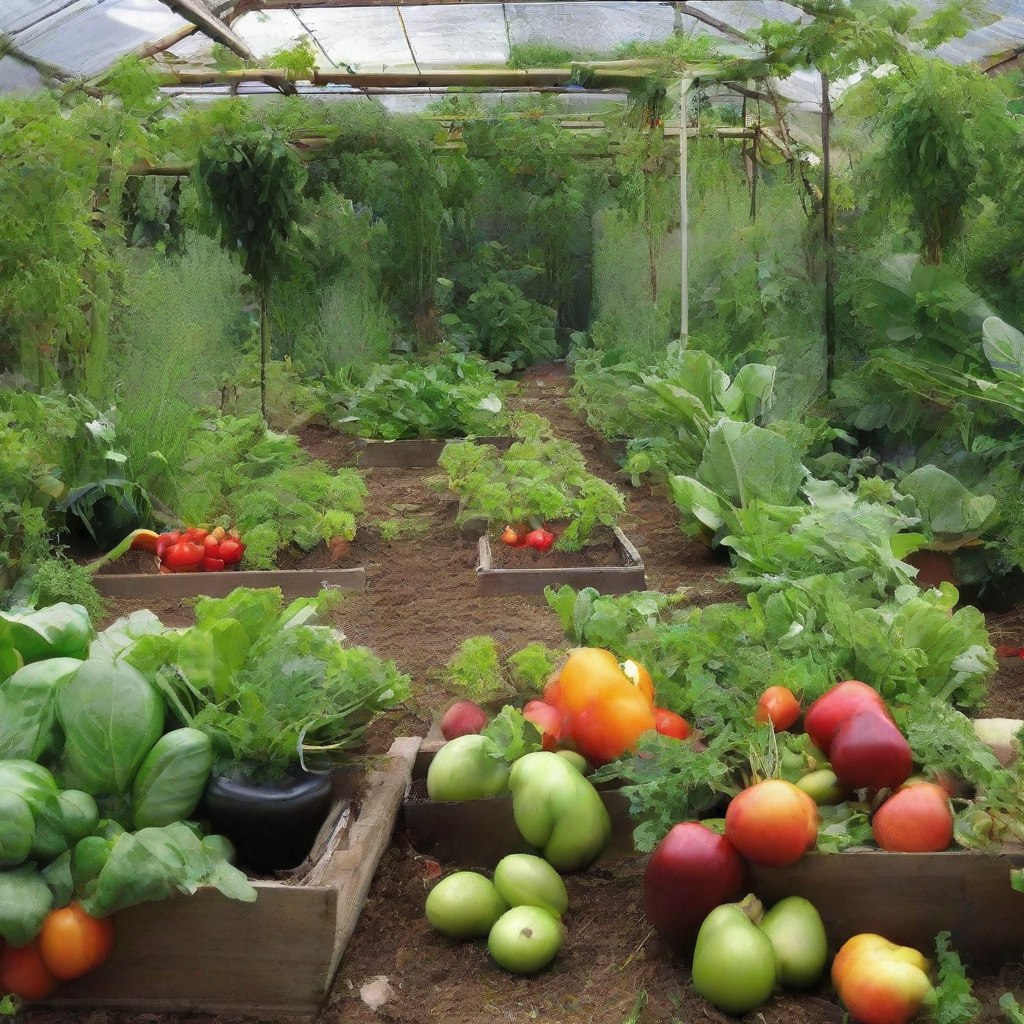Welcome to the urban farming revolution! In recent years, there’s been a surge of interest in urban agriculture as people seek more sustainable and locally sourced food options. Urban farming offers a solution to many challenges faced by traditional agriculture, such as transportation emissions, soil degradation, and food deserts in cities. In this guide, we’ll explore how you can start your own urban farm right in the heart of the city, producing fresh, organic fruits and vegetables for your community.
Why Urban Farming?
Benefits for You and Your Community
Urban farming isn’t just about growing food; it’s about transforming communities and fostering sustainability. By starting an urban farm, you can:
- Promote Sustainability: Reduce the carbon footprint associated with food transportation and contribute to local food resilience.
- Improve Food Access: Address food deserts by providing fresh produce in areas with limited access to healthy food options.
- Educate and Empower: Engage your community through educational programs and workshops on gardening, nutrition, and sustainability.
- Create Green Spaces: Convert vacant lots or rooftops into vibrant green spaces that improve air quality and beautify the urban landscape.
The Rise of Urban Agriculture
Urban farming has gained momentum globally as people recognize the need for more sustainable food systems. Cities like Detroit, New York, and London have seen a proliferation of urban farms, ranging from small rooftop gardens to large-scale aquaponic farms. This movement isn’t just limited to affluent areas; it’s taking root in underserved communities, where access to fresh produce is limited.
Getting Started
Assessing Your Space and Resources
Before you dive into urban farming, take stock of your available space, resources, and expertise. Here are some factors to consider:
- Space: Do you have access to a backyard, rooftop, or community garden plot? Assess the size and sunlight exposure of your space to determine what crops you can grow.
- Water: Ensure access to water for irrigation. Consider installing rainwater harvesting systems or utilizing drip irrigation to conserve water.
- Soil Quality: Test the soil quality to understand its composition and fertility. If you’re limited on soil, explore container gardening or hydroponic systems.
- Skills and Knowledge: Assess your gardening skills and knowledge. If you’re new to farming, start with easy-to-grow crops like lettuce, herbs, or tomatoes.
Choosing Your Crops
Selecting the right crops is essential for a successful urban farm. Consider factors such as climate, seasonality, and market demand. Here are some popular options for urban farming:
| Crop | Description |
|---|---|
| Leafy Greens | Lettuce, spinach, kale, and Swiss chard thrive in urban environments and have high demand in local markets. |
| Herbs | Basil, cilantro, mint, and parsley are easy to grow in containers and add flavor to dishes. |
| Tomatoes | Cherry tomatoes and heirloom varieties are well-suited for container gardening and provide a high yield. |
| Microgreens | Nutrient-dense microgreens are popular among health-conscious consumers and have a quick turnaround time. |
| Root Vegetables | Carrots, radishes, and beets can be grown in raised beds or containers with adequate depth. |
Planning Your Layout
Once you’ve chosen your crops, it’s time to plan your farm layout. Consider factors such as crop rotation, spacing, and companion planting. Here are some tips for efficient farm layout:
- Companion Planting: Plant compatible crops together to maximize space and deter pests. For example, interplanting marigolds with vegetables can repel nematodes and attract beneficial insects.
- Vertical Gardening: Utilize vertical space by installing trellises or vertical gardens for vining crops like cucumbers and beans.
- Succession Planting: Plan for continuous harvests by staggering planting times and replacing harvested crops with new ones throughout the growing season.
Maintaining Your Urban Farm
Soil Health and Fertility
Maintaining soil health is crucial for the long-term success of your urban farm. Implement practices such as composting, mulching, and cover cropping to improve soil fertility and structure. Consider using organic fertilizers and amendments to provide essential nutrients to your crops without synthetic chemicals.
Irrigation and Water Management
Proper irrigation is essential, especially in urban environments where water resources may be limited. Invest in efficient irrigation systems such as drip irrigation or soaker hoses to deliver water directly to the roots of your plants. Monitor soil moisture levels regularly and adjust watering schedules based on weather conditions and plant needs.
Pest and Disease Management
Preventing pests and diseases is key to maintaining a healthy crop. Implement integrated pest management (IPM) strategies such as crop rotation, companion planting, and biological controls to minimize pest damage naturally. Monitor your plants regularly for signs of pests or diseases and take prompt action to address any issues.
Harvesting and Selling Your Produce
Harvesting Tips
Harvest your crops at their peak freshness to maximize flavor and nutritional value. Use sharp scissors or pruners to avoid damaging the plants, and handle delicate produce such as berries and leafy greens with care. Wash and pack your harvested produce immediately to preserve freshness and extend shelf life.
Marketing and Selling
Explore various marketing channels to sell your produce locally, such as farmers’ markets, community-supported agriculture (CSA) programs, and direct-to-consumer sales. Consider partnering with local restaurants, grocery stores, or food cooperatives to reach a broader customer base. Emphasize the freshness, quality, and sustainability of your produce to attract customers.
Conclusion
Starting an urban farm is not only a rewarding endeavor but also a meaningful way to contribute to a more sustainable and resilient food system. By harnessing the power of urban agriculture, you can transform vacant lots into thriving green spaces and provide fresh, organic produce to your community. Whether you’re a seasoned gardener or a novice farmer, urban farming offers endless opportunities for growth, learning, and community engagement. So roll up your sleeves, get your hands dirty, and join the urban farming revolution today!


